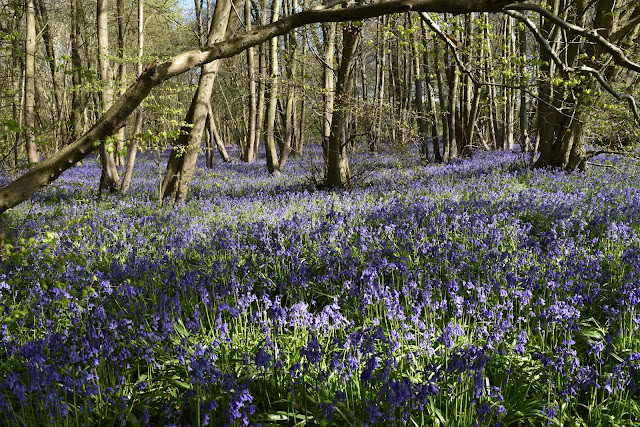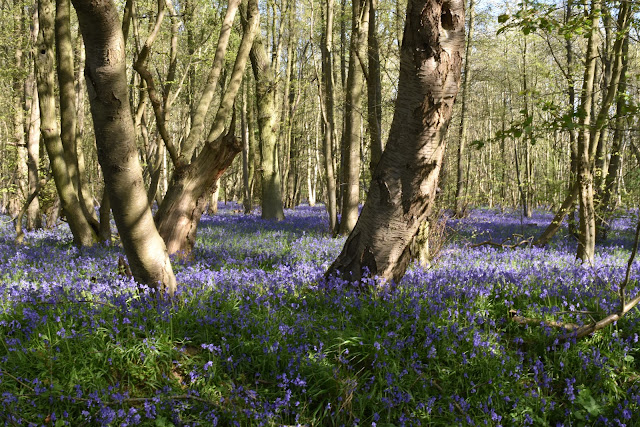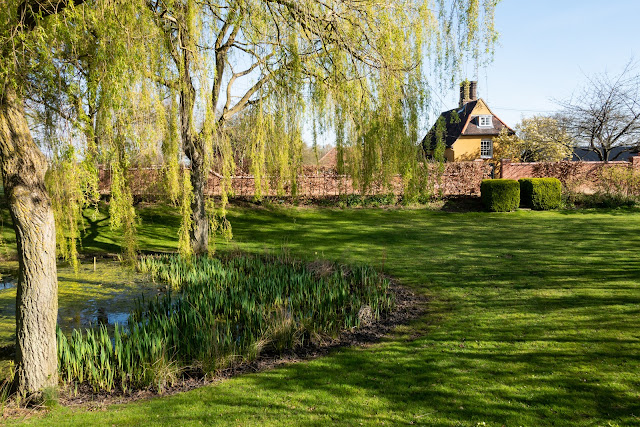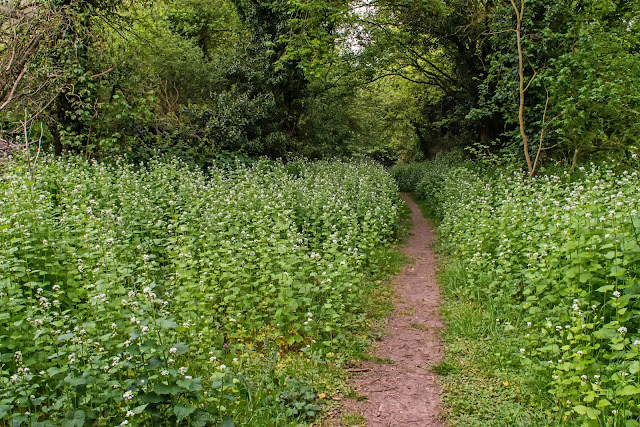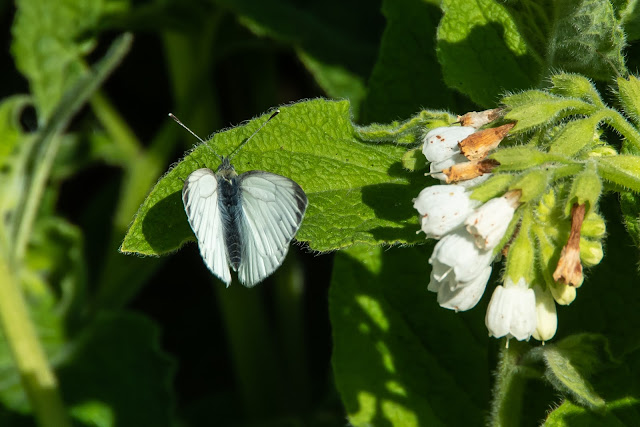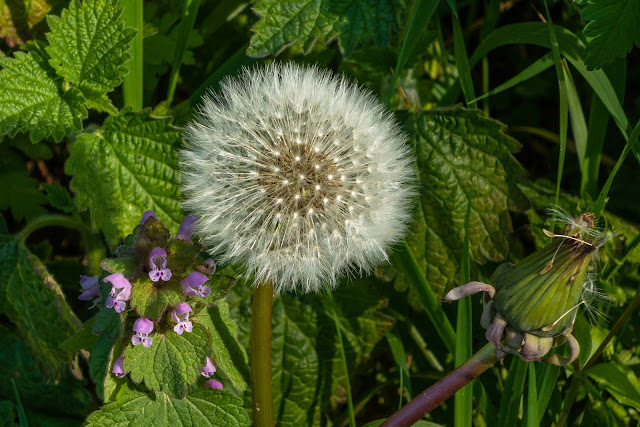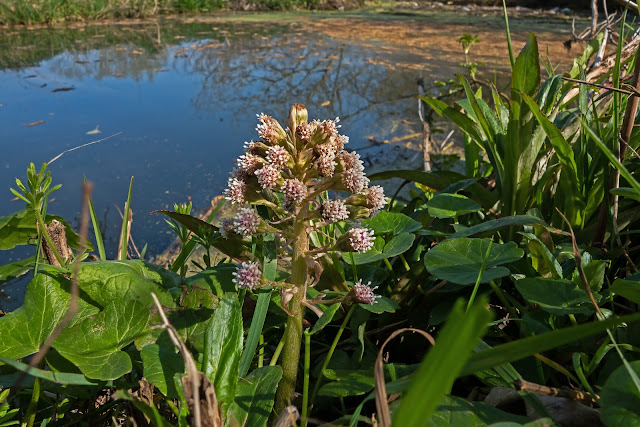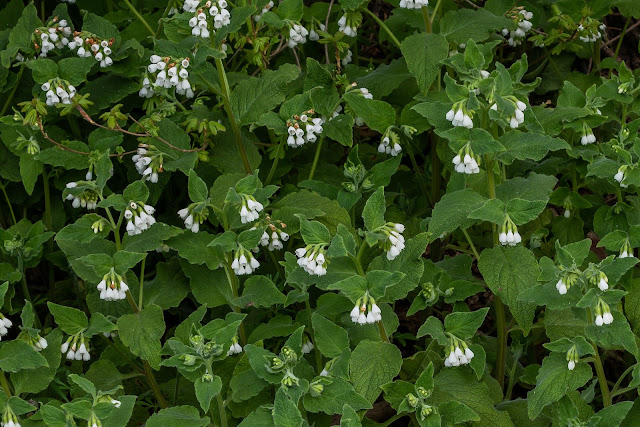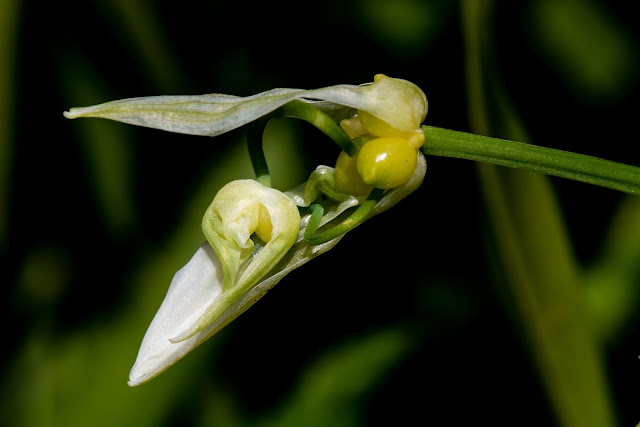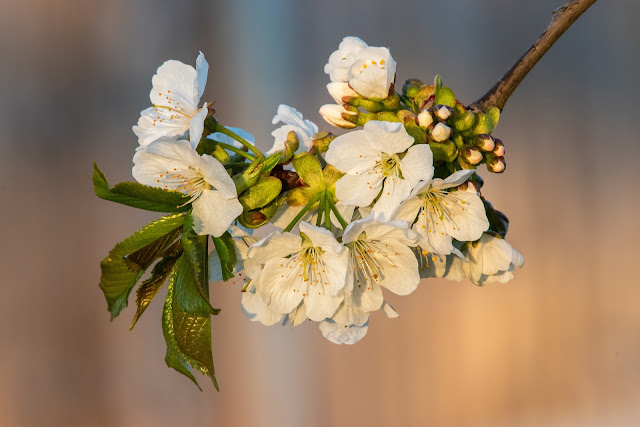During this time of semi-isolation and social distancing, the ability to pursue one form of exercise a day is of vital importance. The locality around our home is a real blessing in that it is on the edge of a small village with miles of lanes and footpaths to wander - usually with nobody else in sight. I can see nobody at all for most of my 2 hours walking and only, as I return to the village, see dog walkers and others.
These images are of just one of the many walks around our area, and I will post, another time, photos of other walks to give an idea of things and places I am privileged to see.
We are fortunate to live near this old watermill, which has the mill house opposite. There are records from Victorian times that the village supported a watermill and two windmills, a blacksmith, a wheelwright and carpenter, a tailor, a cobbler, two butchers, two brickworks and three public houses!. There was also a school and school house beside the church (both buildings are still there). At least the water mill is still here, as most of the others have long been lost.
The riverside by the mill. A lovely quiet spot where I stop and stare, virtually every time I pass.
There is another reason for stopping here at the moment, and that is to check on the pair of swans nesting here. This image is of one swan arriving to take over the duties of the other, who promptly floated off gracefully to feed upstream.
Then, along the lane to St Andrew's Church in the morning sunshine. St Andrew has little left that is medieval about it. It is a lovely example of a church that was well cared for both before and during the 19th century Anglican revival. The 18th century red brick tower is simple, with a late 19th century rebuilding of the parapet in the Suffolk crenellated style. The external walls of nave and chancel reveal 14th century origins, but all the window traceries were also replaced by the Victorians. Nothing new there!
Only about half a mile from home yet I had already spotted something rather interesting. I would bet that very few people can remember one of these being used to get their water. This old pump has been hidden in the hedgerow for years and has recently been made visible and painted, and so stands as a rather striking memorial to our local history. Unfortunately, I can remember using one of these when I was a young lad, to fetch water in two buckets, to our house. No water `laid on` at our house then!
Sometimes the beauty lies in the sky
And so, turning into Pope`s Green Lane, one of my favourite lanes around home. There is only one street named Pope's Green Lane in the country, making it unique in Great Britain. Not a lot of traffic passes along here, as there are residents at the far end only. There is a Wyncoll`s Farm, part way along, but not much else these days. Times past there would have been some quarry traffic, but again, this would have exited at the far end only. Now it is all peace and quiet!
Before many yards (or meters), I turned into a bridleway leading to Wyncoll`s Lane, and an interesting loop on my walk.This lane has some history, I believe, and I will do some research to see if there is something of interest. Meanwhile, it is a pleasant walk.
One of the highlights on this walk is this massive oak tree - it's a beauty!
Another view of the same oak tree.
Then into the `tunnel`, as I name it.. The approach looks just like a hedge with a hole in it, it's like being Alice In Wonderland!.
The hedgerow meets overhead and is like a tunnel to walk through - magic! My favourite part of the lane. The lane then emerges near Wyncoll `s Farm house, where I follow the paved lane until it joins Pope`s Green lane again.
Then a reminder of modernity, as these pylons paraded across the landscape.
The tree with no heart - gouged out by insects and weather and all sorts of natural forces, no doubt.
Speckled Wood butterfly resting on a sun bathed leaf.
Goat's-beard - Tragopogon pratensis
Finally a profusion of Hawthorne before arriving at the end of the lane.
My walk back along the lane had been brightened by the swathes of colour in the hedges and verges, the ones above being just a sample. This truly is a wonderful area to live in, and we feel blessed to be able to enjoy it.




















